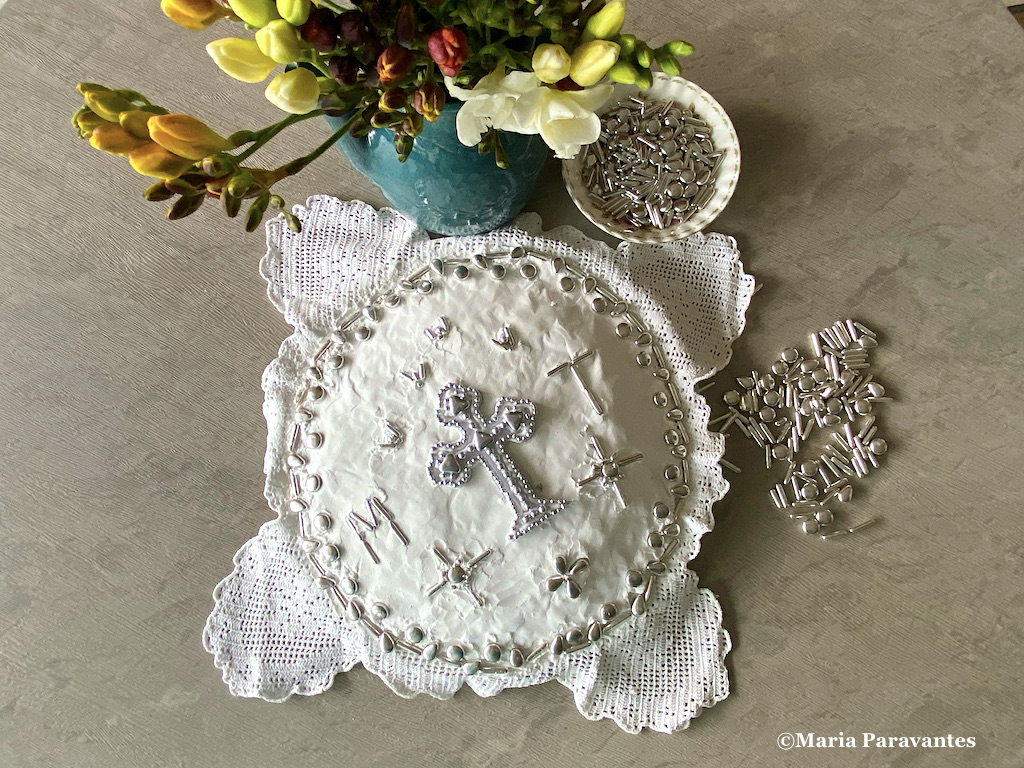
Although anything associated with death and dying is still very much taboo, a closer look into the death rituals of Greece will reveal hidden meanings that just might make us more appreciative of life. One such practice is “koliva”, a mix of wheat berries, fruit and nuts served on a silver platter that is made in Greece in memory of someone who has departed.
Koliva is no simple matter however, it is a sweet delicacy, one of the healthiest treats and often also a work of art requiring hours and mastery to achieve. It also holds great significance for the Greek Orthodox.
When I first wrote about koliva I had several reactions to the use of “dessert” to explain what koliva is. I will insist on this word because in my mind it is a “dessert for the dead that’s all about life” and with this I mean that the deceased are honored and remembered with love. As for the sweetness, it is meant to ensure a smooth, sweet passing of the soul into the eternal universe from which it came. This in Greek is known as “I sotiria tis psychis” (the liberation of the soul).
The word koliva comes from the Ancient Greek work “kollivos” which means kernel.
Koliva: For a Sweet Passing into Eternity
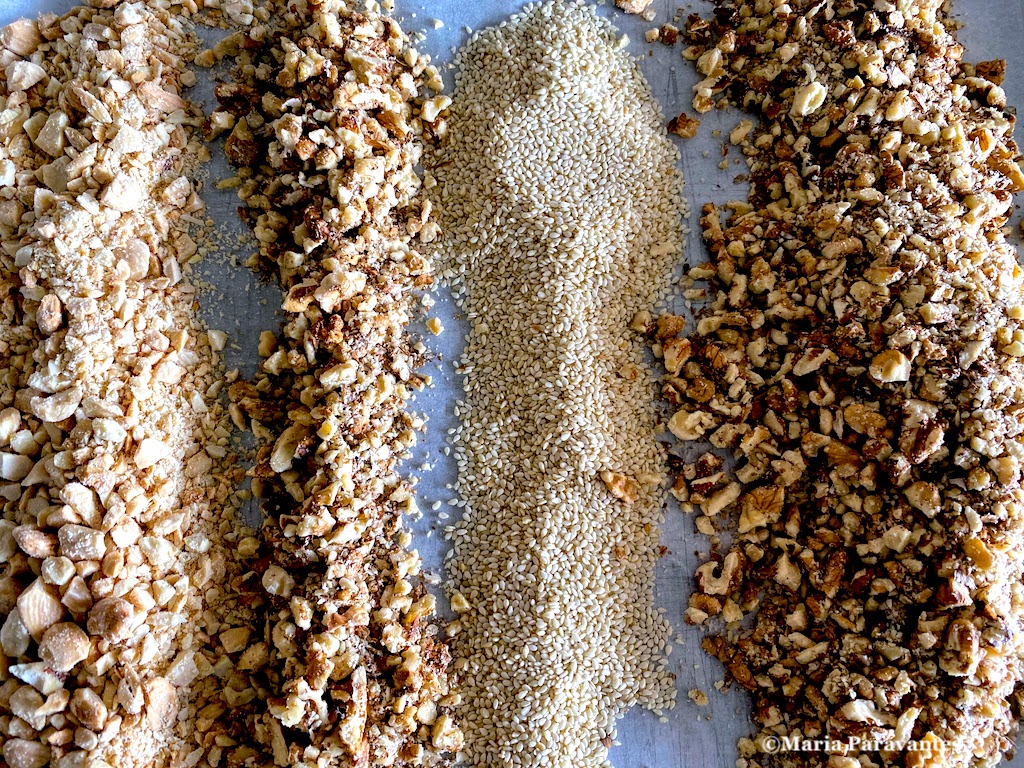
In the past, families of the deceased would prepare and offer koliva on silver trays for the memorial services (“mnimosyno” which means “memory”), which in Greece take place on the 40th day, during the third, sixth and ninth months, and in the year. Back then, koliva were served straight from the tray after the service. Today, they are offered in small paper bags accompanied by a plastic spoon and napkin. The idea behind the offering is “with memory to embrace the loved ones we’ve lost”.
The practice of making koliva dates back to ancient Greece to what was called “panspermia”, which means “a mixture of wheat seeds and nuts”. Besides being offered in memory of departed souls, it was also prepared to celebrate major life occasions such as marriage or harvest. Very similar to Greece’s celebratory embroidered breads.
Made with kernels of wheat, nuts and pomegranate, “panspermia” was prepared and offered during fertility festivals, and particularly during the three-day “Anthestiria” held in Athens to welcome spring and in honor of Dionysus, the god of wine and the divine mediator on earth between the living and the dead. In this way, “panspermia” was considered a tribute to the cycle of life, death and rebirth.
Spiritually, koliva also stands for our coming to terms with the idea of death and understanding that we too are a part – albeit very small – of the eternal cycle of death and rebirth like as the wheat seed which ‘dies’ before it can bear a plant from which we harvest one of the planet’s basic staples.
The Meaning of Koliva Ingredients
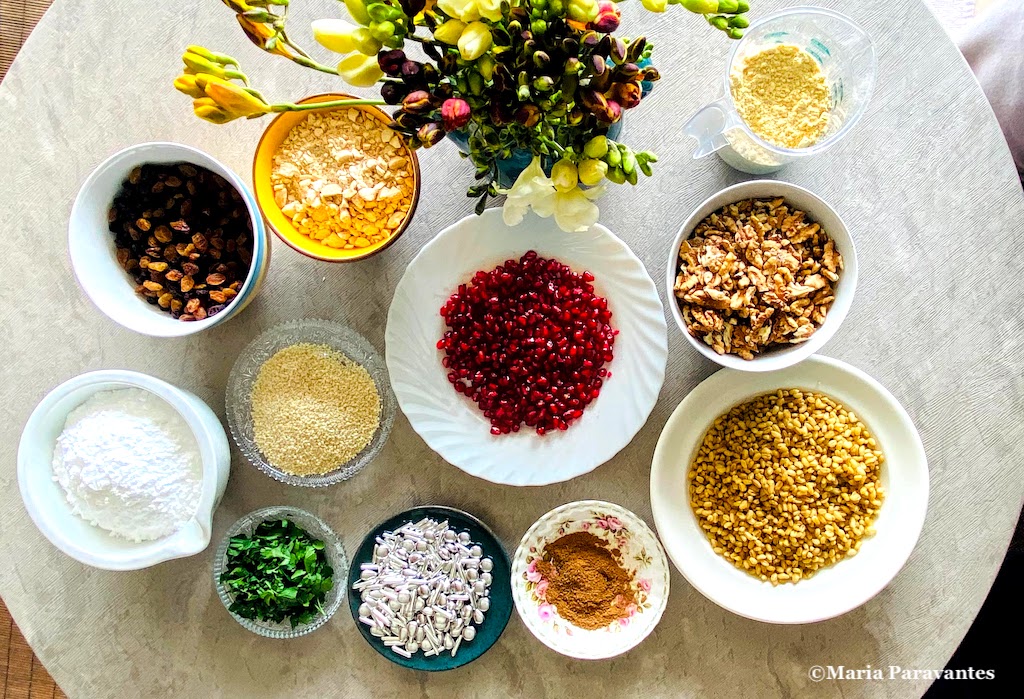
Koliva is not just a mixture of wheat, fruit and nuts. From start to finish, every single ingredient and preparation step carries a special meaning that goes back thousands of years.
You start by soaking and then boiling the wheat kernels just enough to be soft but not mush. On some Greek islands or in mountain villages, the wheat was taken to church to be blessed before preparation. For me the hardest part of making koliva is the drying of the boiled wheat kernels which takes all night, and of course, the decoration.
Greek tradition has it that the basic ingredients for koliva should be nine, representing the Nine Ranks of Angels who watch over us.
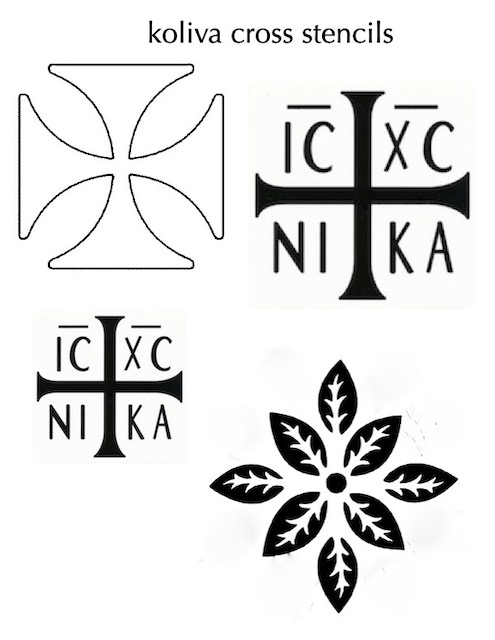
►As a basic staple symbolizing the earth, wheat represents the body of the deceased and is a symbol of hope and resurrection. According to Apostle Paul in the First Epistle (letter) to the Corinthians, a grain of wheat must drop to the ground and die before it returns to bear life. Very much as in the case of human life which too, according to the Orthodox faith, is part of the dynamic cycle of death, resurrection, and eternal life.
►The nuts: we use walnuts and sesame seeds symbolize fertility and reproduction of life.
►The almonds white like the color of our bones represent our common fate as humans. Death is equal to all. As is the chance for resurrection and the eternal life.
►The wonderful spices cinnamon, nutmeg and cumin epitomize the richness and aromas of a well lived life, of appreciation, fulfilment and contentment.
►The green parsley or mint depending on regional traditions is a wish “Efchi” for a peaceful rest as is mentioned during the sermon: “eternal rest in a place of light, richness, freshness; where there is no pain, no sorrow, and no sadness”.
►The raisins go back to the Greek god of wine, Dionysus, and carry through to the time of Christ. They signify the pleasantness of life and the sweet blood of Christ.
►To represent the “lightness of the soil”, we use bread crumbs or chick pea flour.
►For an afterlife in brilliance and wealth, Greeks add pomegranate seeds to the koliva. I should remind you that Hades, the god of the dead, used a pomegranate to lure Persephone, the goddess of spring and prized daughter of Demetra to the underworld, where she became his wife.
►Lastly, the fine powdered sugar symbolizes the uplifting sweet welcome into paradise.
So as you can see, taboo aside, koliva is a wonderful blend of all of the earth’s prized products and the best life has to offer.
►The Embroidered Breads of Greece on Show in Varnavas
Koliva: Love, Patience and Mourning
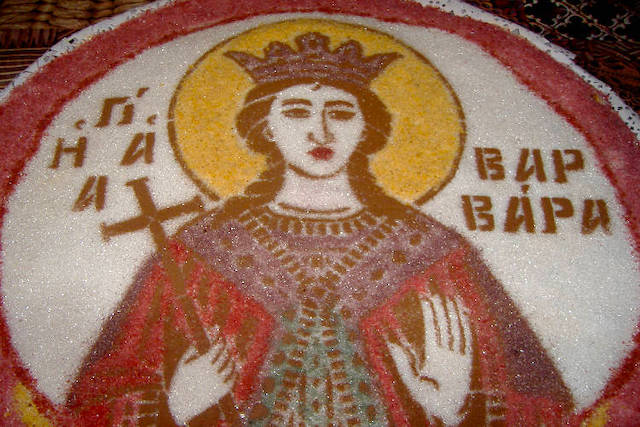
Besides the individual meanings of each ingredient used to make koliva, the painstaking process is also highly symbolic and therapeutic as it takes several days, lots of effort and extreme patience to prepare this wheat-based sweet offering.
The long hours spent in loving dedication to the memory of the departed loved one works in healing ways, giving you time to contemplate, to take in the feelings of sadness and loss, to keep you in the now, serving as a meditation of sorts to help you reach inner peace and acceptance. The patience required to prepare koliva also gives you a chance to do something slowly with love.
Koliva: Edible Works of Art Dedicated to the Dead
When someone dear to us departs in Greece, the family is expected to make the koliva at home. This is still the practice in much of rural and island Greece but not so much in urban centers, where pastry shops specializing in koliva take on the duty.
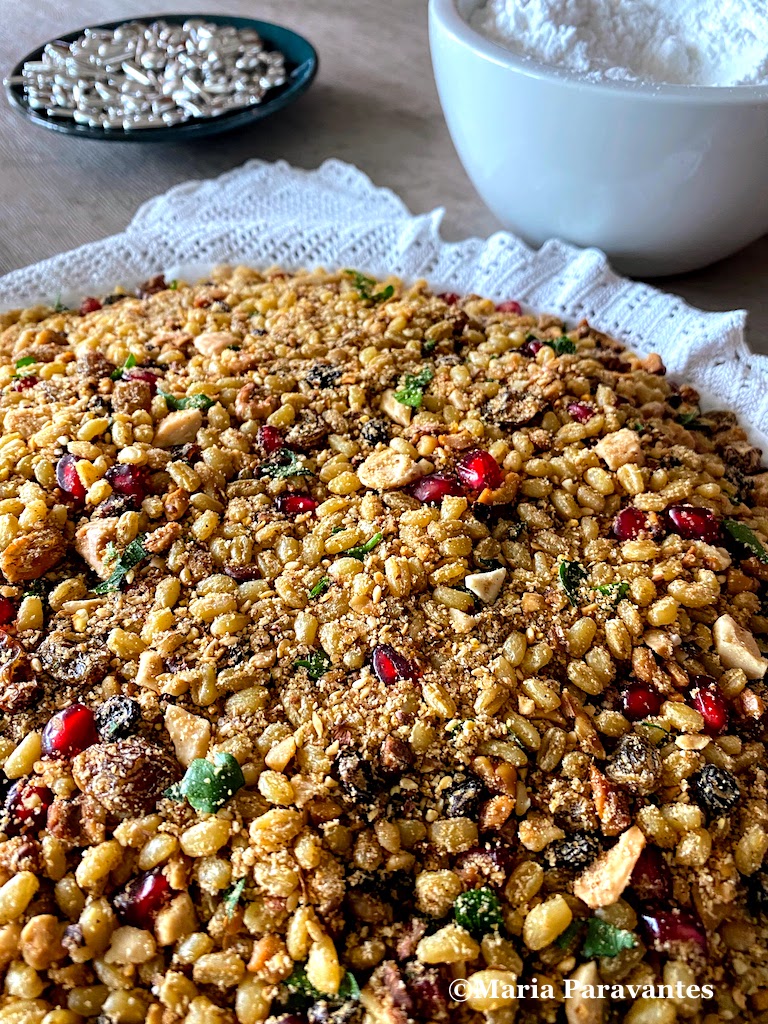
Like most of Greece’s food-related customs, the koliva platter used to reflect the skills and talents of the housewife, as did the traditional “knitted breads”. Women took great pride when they were complimented on their koliva, something that still applies today and now also includes males.
The secret of success is first of all in the dryness of the wheat, the taste and, of course, the art work.
Some of the platters you will see at memorial services are edible masterpieces with intricate lace-like designs. The more the deceased was respected in life, the more intricate the artistry of the koliva tray. Such platters can be seen at Greek Orthodox monasteries where monks create koliva masterworks when a bishop “falls into sleep” (“ekoimithei”). The Greek church speaks of “sleep” rather than death because resurrection and the eternal life follow.
If you want to remember someone who was important in your life you too can make a beautiful tray of koliva with the help of ready-made patterns, materials, and stencils on sale at special hobby-style shops.
Koliva and Saturday of the Souls
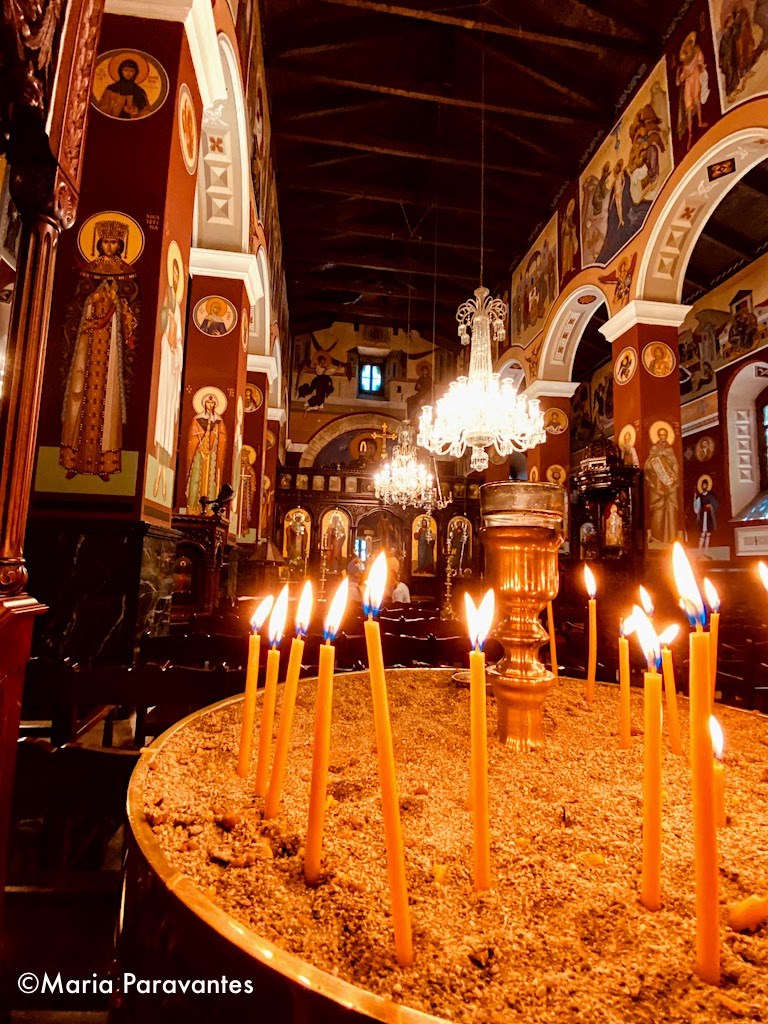
Like I explained earlier, koliva are made at certain intervals after death throughout the first year for memorial services.
But trays are also prepared twice a year in memory of those who died and their families were unable to offer services for them such as sailors, immigrants, or due to poverty. These two days are known as “Psycho Savvata” or “Saturdays of the Souls” and fall during Greek carnival season and 50 days after Orthodox Easter.
Very much like “Dia de los Muertos” celebrated in Mexico, on these two days trays of koliva are taken to church together with a note mentioning the name of the deceased to be “read” (or mentioned by name) by the priest during the service. At church, on long large tables, you will find from the simplest of bowls with plain sugar-coated koliva to elaborate handiworks with the initials of the departed embellished with blossoms, cypress trees, angels, and of course, a cross made of silver candies. Lit candles are placed in the center as the priest “reads” the names of those who passed during a special sermon. Once the service is finished, the koliva are mixed and distributed as a sign of remembrance, love and sharing.
Koliva: A Very Healthy Greek Super Food
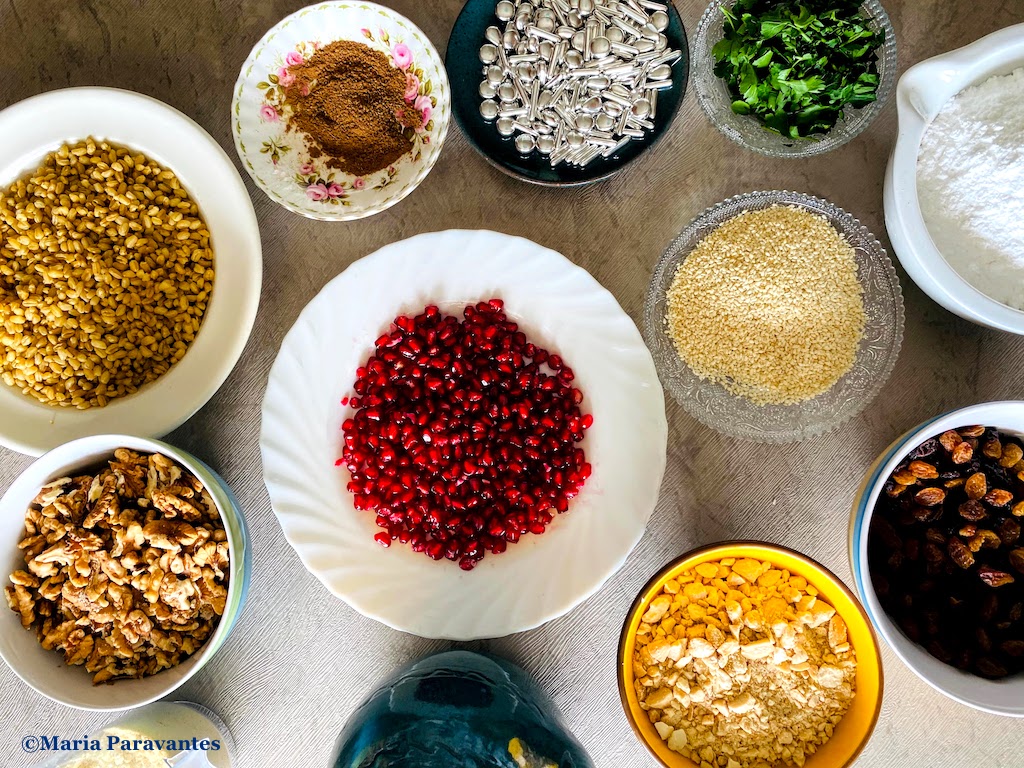
Taboo, death and loss aside, koliva is also one of the healthiest food items in the Greek diet with nutritionists referring to it as a superfood thanks to the wheat, nuts, raisins and fruit which are rich sources of protein, fiber, vitamins and minerals making it the perfect energy-booster. It’s also an ideal choice for vegans and vegetarians.
Over the last few years, koliva has been ‘stripped’ of its ‘frightening’ (for some) connection to death and viewed in a different light thanks to athletes, marathon runners, and cyclists who choose to eat this otherworldly dessert for breakfast. There is even a bakery in Kaisariani renowned for its koliva.
On a final note, if you can leave the concept of death behind or better yet reconcile with it, you’re bound to fall in love with koliva, an incredible, calorie-rich snack which besides its nutritional value, is simply delicious.
For ease, I recommend ordering the following items for your koliva:
• use this stencil or this one to create the symbol of the cross with sugar and you can even find stencils of saints here
• these are beautiful edible macaroni style dragees (or silver sprinkles) for decoration
• these pearl shaped dragees (edible silver sprinkles) are also nice for the koliva decoration
• these organic handpicked and traditionally dried raisins from Crete are ideal for your koliva
• you will also need organic walnut halves and raw almonds
•and, of course, fine powdered sugar
•the basic ingredient: organic wheat berries or “sitari”
• waxed paper bags and disposable spoons.
Good luck and make sure to allow healing in the process.
.
♫ I end today’s post with a very popular song and a personal favorite performed by much-loved singer Alkistis Protopsalti, written by Lina Nikolakopoulou to the music of Stamatis Kraounakis: “I Sotiria tis Psychis” – “the liberation of the soul is a very great thing”.
Enjoy!
Enjoy this Post? Share and Pin it!
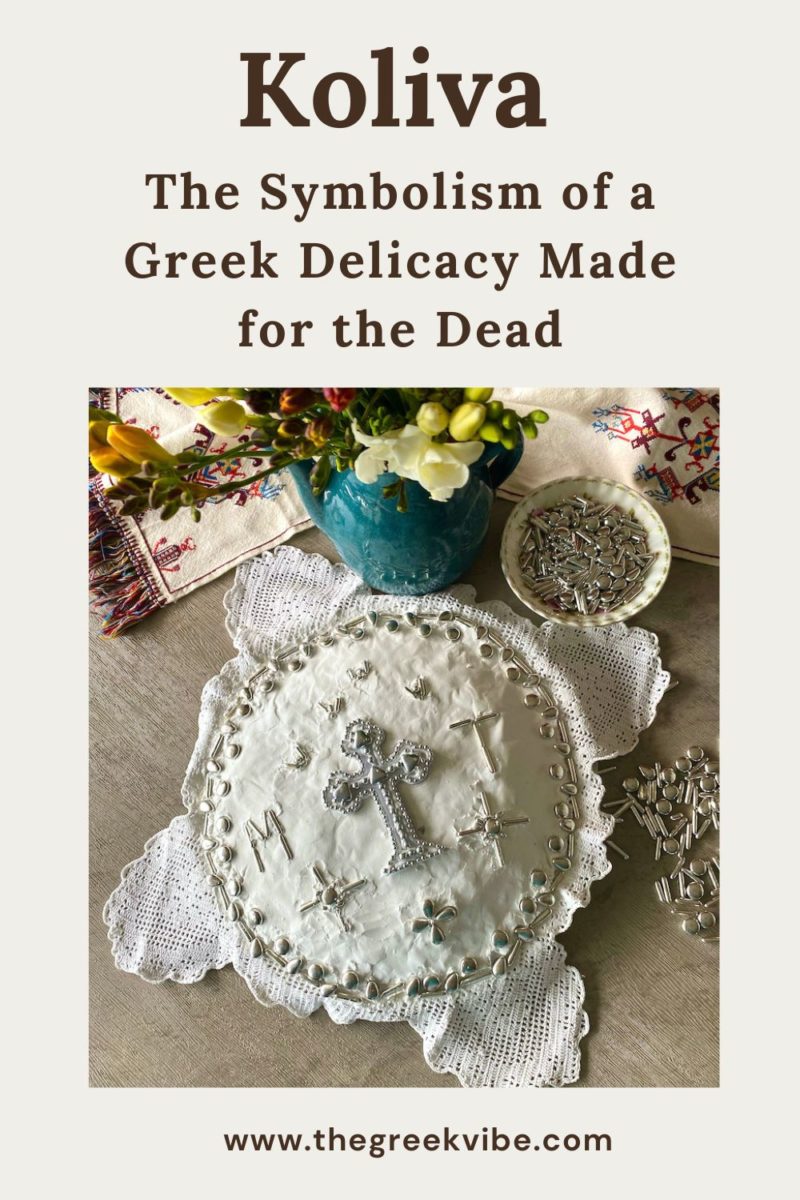

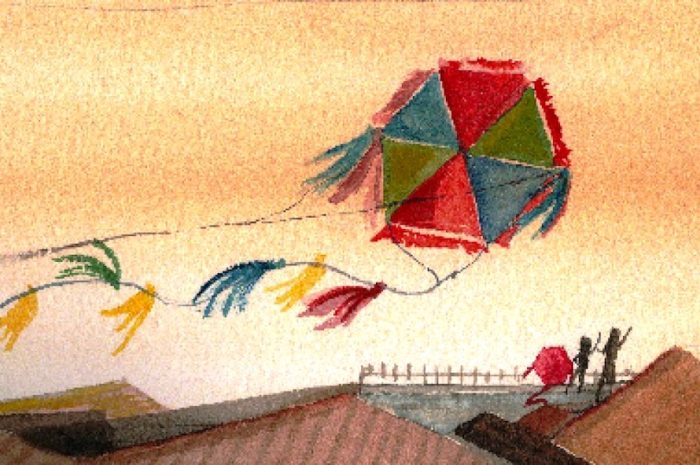
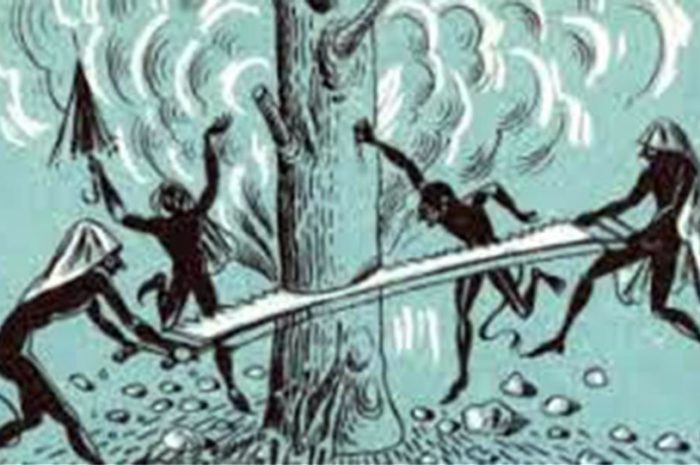
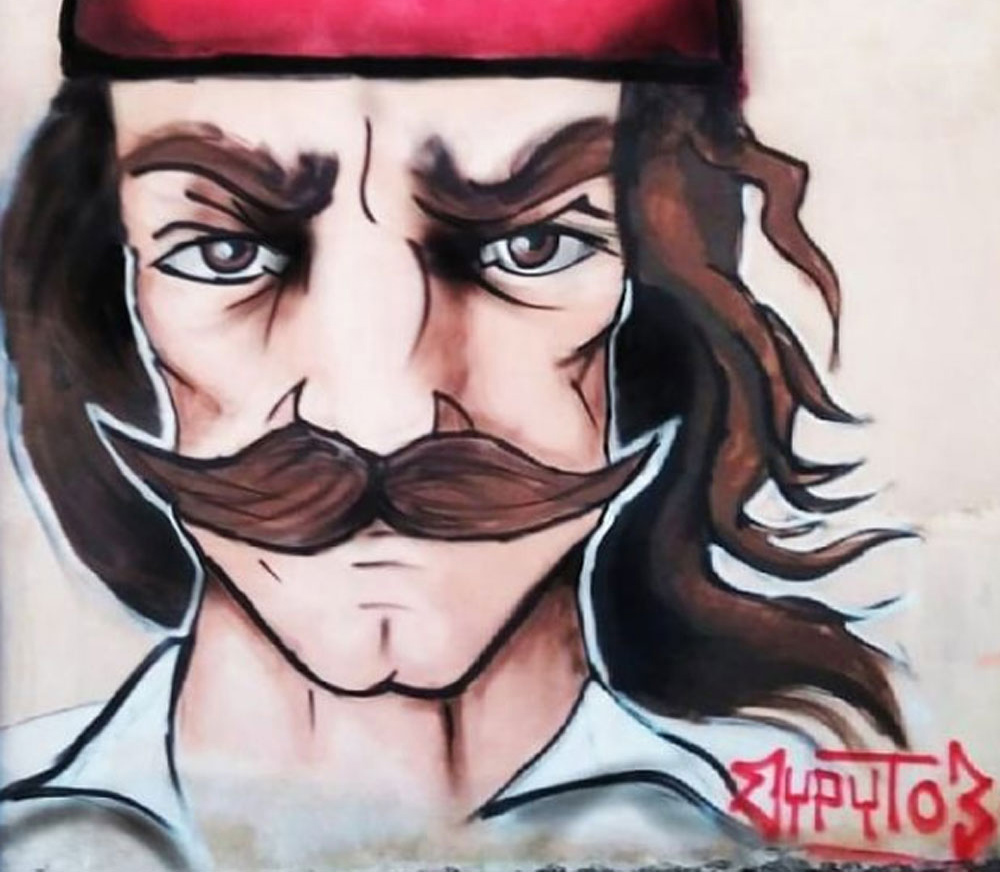
As an Orthodox Christian and priest, I question many of your statements in this article. May I suggest you continue with your cooking but leave the explanation to someone more qualified. And to your readers, if you are looking for the meaning behind Kollyva, please ask an Orthodox priest.
Thank you Mr Afendoulis for your feedback, which I will take in consideration. In addition to having spoken with an Orthodox priest about the meaning of koliva and done extensive research on the subject, I too as an Orthodox Christian am entitled to giving meaning to my faith as I feel it meets my spiritual needs. That is after all what faith is about.